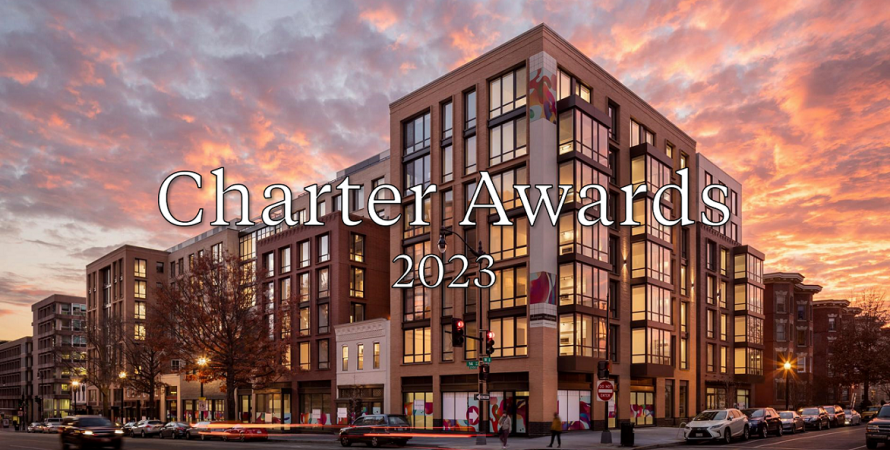Similar Projects
Canal Nacional
Mexico City, Mexico
The 7.4-mile-long Canal Nacional served as the main transportation waterway during the construction of Mexico City more than 2,000 years ago, and since the has been a conduit of vital supplies, from food to construction materials.
Essex Crossing
New York, New York
Located on portions of nine blocks in the heart of Manhattan’s historic Lower East Side, Essex Crossing is rising on six acres that sat mostly vacant since 1967, representing one of the most significant urban renewal projects in the history of New
Plan Viva Laredo
Laredo, Texas
As the United States’ largest inland port, and third-largest overall port, Laredo, Texas, is an important city economically and a gateway to manufacturing across the Mexican border.




